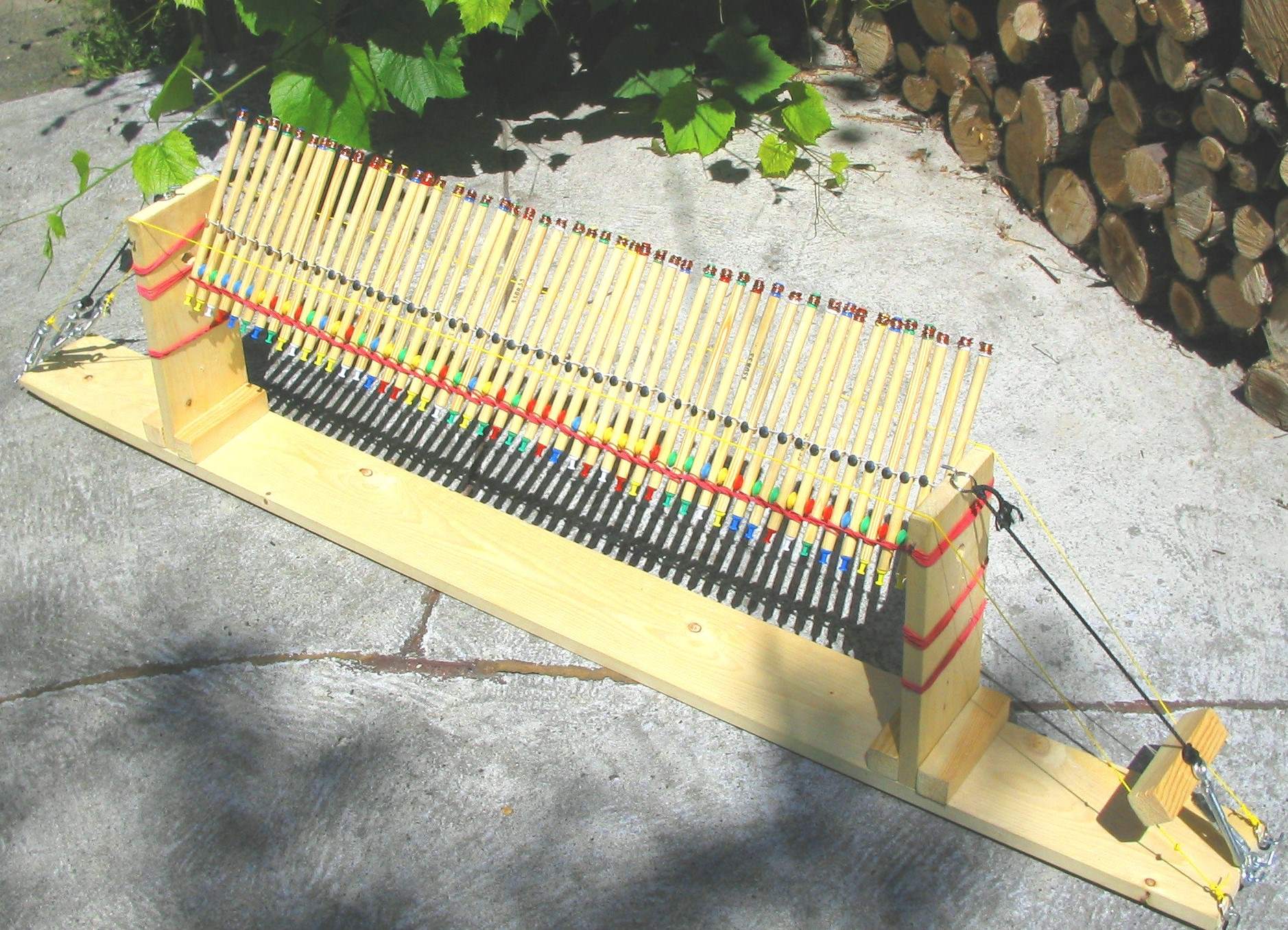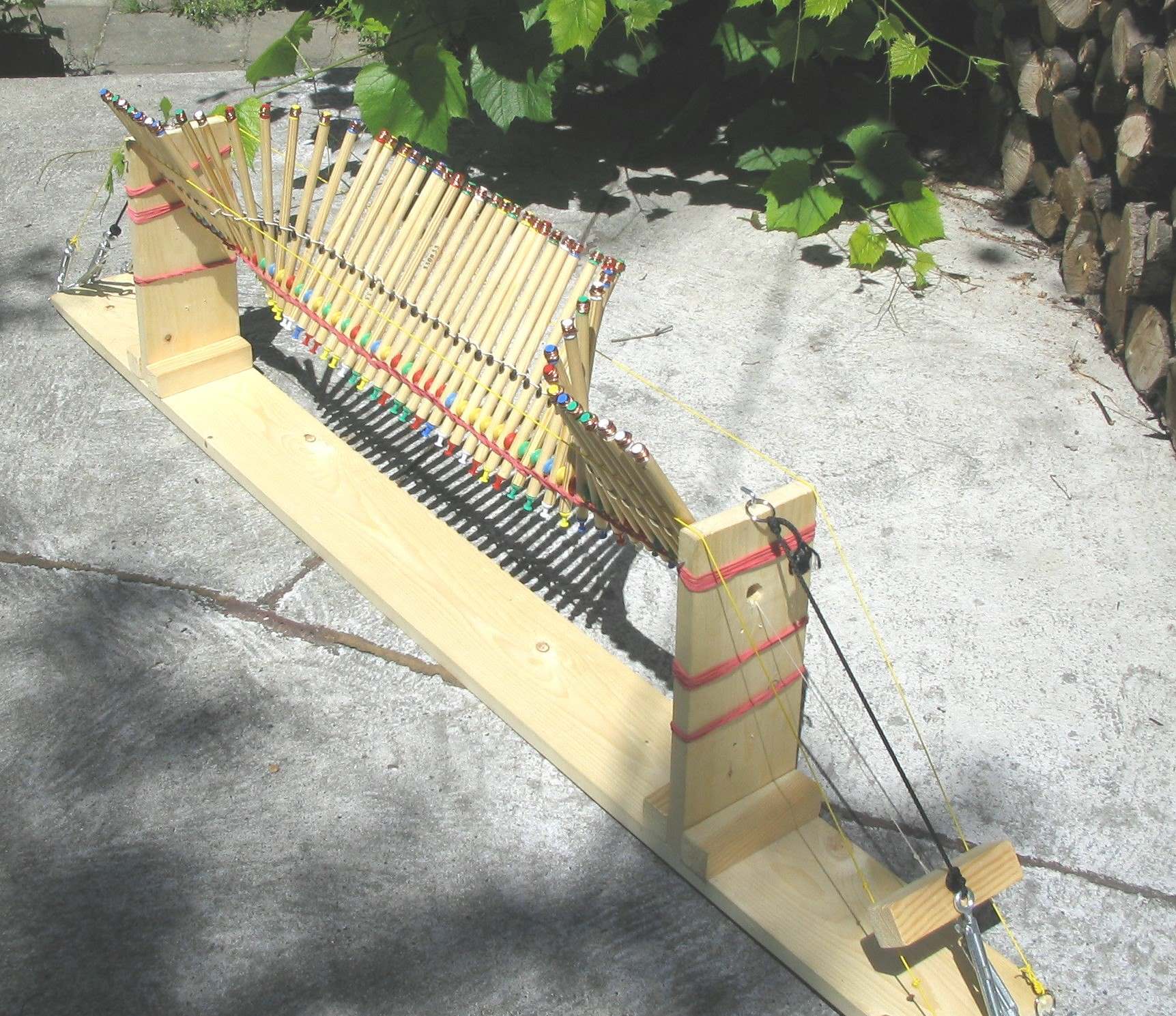My path to compactons, and to V-shaped field potentials


Years ago - in 2001 - asked to give a popular lecture on modern physics for high school pupils, I chose to talk about spontaneous symmetry breaking (SSB) and topological solitons (defects). While there was no problem with preparation of simple experiments illustrating SSB, to demonstrate a topological soliton was a challenge. Finally, I focused on a well-known system of harmonically coupled pendulums utilized to demonstrate the sine-Gordon solitons. The problem was that this system has a non degenerate ground state (in which all pendulums are in the downward position), hence there is no SSB. The sine-Gordon solitons are not topological solitons. Therefore, I modified the system by preventing the pendulums from falling down due to the gravitation. This was achieved by adding two stiff rods on both sides - faint yellow lines on the pictures - parallel to the wire the pendulums were suspended from (invisible on the pictures). All pendulums were placed upward above the rods. Such a system has two degenerate ground states: all pendulums rest on one rod, or on the other. The topological solitons interpolate between the ground states, see the lower picture. The lecture went smoothly, the pupils were interested.
Several days later it crossed my mind that being a theoretical physicist I should provide an analytic description of this soliton. Working on it was a pleasure. I found that the soliton has a definite finite size, i.e., the ground states are reached exactly at certain finite distance from its center. There are no exponential or inverse polynomial tails. Such solitons are called compactons, and other examples of them were discussed in literature. However, as far as I am aware, my was the first example of compacton related to SSB - topological compacton. I described it in the paper [1].
Soon I noticed that my solitons are compactons because the field potential is V-shaped close to the ground states, and that such field theoretic models are very interesting on their own right. I devoted to them several papers starting from [2], [3], most of them with participation of my students. To learn more click the link [4] below.
[1] H. Arodź, Topological compactons, Acta Phys. Polon. B 33, 1241 (2002).
[2] H. Arodź, Symmetry breaking transition and appearance of compactons in a mechanical system, Acta Phys. Polon. B 35, 625 (2004).
[3] H. Arodź and P. Klimas, Chain of impacting pendulums as non-analytically perturbed sine-Gordon system, Acta Phys. Polon. B 36, 787 (2005).
[4] Scalar fields with V-shaped self-interaction (pdf, 2 pages).